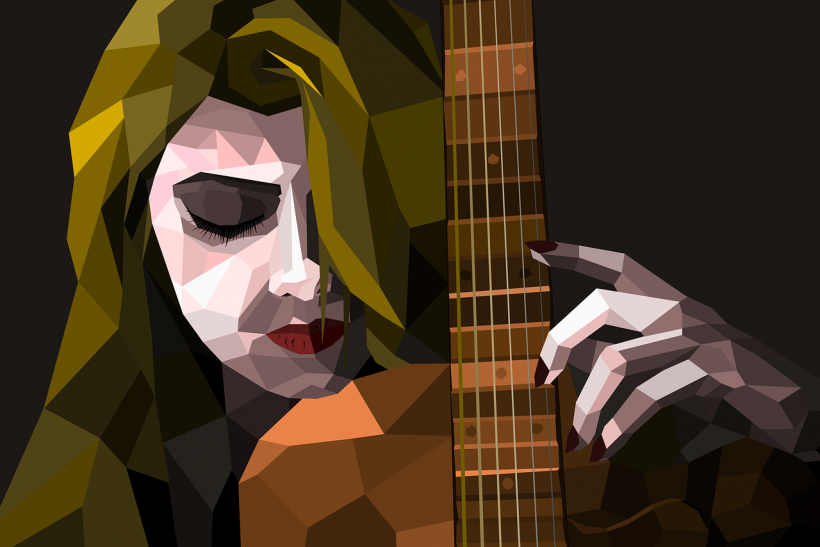As the world continues to face the COVID-19 pandemic, people are not only battling its physical effects but struggle with their mental health, too. Nowadays, therapists have incorporated art and music in therapy as it has shown significant positive effects on the brain.
Music, art, and even poetry to treat mental health disorders have not undergone rigorous scientific testing. Due to that, artists and neuroscientists thought of launching an initiative called the NeuroArts Blueprint to measure how art therapy could alter the brain of someone with a psychological disorder.

Art, Music Therapy Increasingly Being Used to Treat Mental Health Disorders: How Does It Influence the Brain?
How Do Arts and Music Affect the Developing Brain?
Early education in music and arts could strengthen key parts of the brain that provide lasting health benefits. According to an article in the University of Southern California publication, arts education changes children's lives as it fosters talent and creates an outlet for self-expression.
A 2017 study from USC researchers revealed that learning to play instruments seems to accelerate brain development. Neuroscientists found that schoolchildren who learned to play musical instruments had more-developed auditory pathways compared to others. This ability could potentially jumpstart a child's abilities in not only music but as well as in language and reading.
Meanwhile, a 2015 Korean study also proposes that music and dance instruction can reduce a child's risk of developing depression and increase their self-esteem. Additionally, a 2013 study also suggested that music education strengthens IQ, academic performance, decoding of words, and phonological skills, while theater training strengthens verbal skills, and visual arts promote stronger geometrical reasoning.
USC associate professor Mary Helen Immordino-Yang emphasized that although these studies are not unequivocal, they show a clear benefit of arts on psychological capacities for imagining other perspectives and reinventing oneself. She added that engagement in arts allows children to think about problems as multifaceted and as being open-ended with no single correct answer.
ALSO READ: New Study Reveals Music Training Does Not Make A Child Smarter
Arts and Music for Therapy
The NeuroArts Blueprint is a partnership between Johns Hopkins International Arts + Mind Lab Center for Applied Neuroaesthetics and the Health, Medicine, and Society Program of Aspen Institute under the leadership of soprano Renée Fleming, actress and playwright Anna Deavere Smith, and Dr. Eric Nestler.
They aim to measure how using art and music in therapy could influence the brains of people with psychological disorders, like veteran Michael Schneider who suffers from anxiety and PTSD after 22 years in the Marines.
He told NPR that he had a traumatic brain injury while onboard a US Naval vessel in 2005 that left him suffering up to 40 seizures a day. He also developed PTSD and depression and decided to get treated in the National Military Medical Center but did not get better. It was not until military doctors referred him to music therapist Rebecca Vaudreuil at Creative Forces that he started managing his symptoms.
Since then, he began a musical exploration, including playing a ukelele to help him with his mental struggles and gave him a way to reduce seizures and relieve his anxiety and PTSD. Vaudreuil said that Schneider's experience provides scientific confirmation of the effects of art and music in the brain. It also hints that the brain changes in response to dance, poetry, painting, sculpture, and even leatherwork.
RELATED ARTICLE: 5 Ways Art Helps With Mental Health
Check out more news and information on Arts and Mental Health in Science Times.

![Earth's Quasi-Moon Kamo‘oalewa Could Originate From Lunar Surface Not Asteroid Belt [Study]](https://1721181113.rsc.cdn77.org/data/thumbs/full/53275/89/56/50/40/earths-quasi-moon-kamo-oalewa-could-originate-from-lunar-surface-not-asteroid-belt-study.png)












